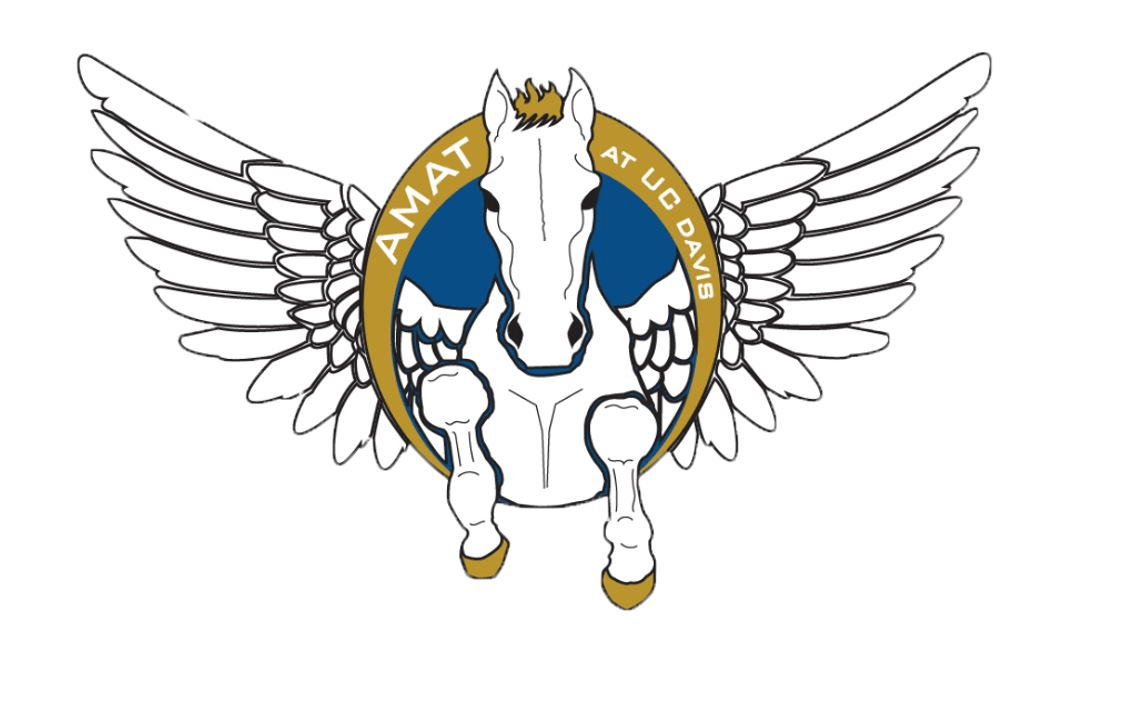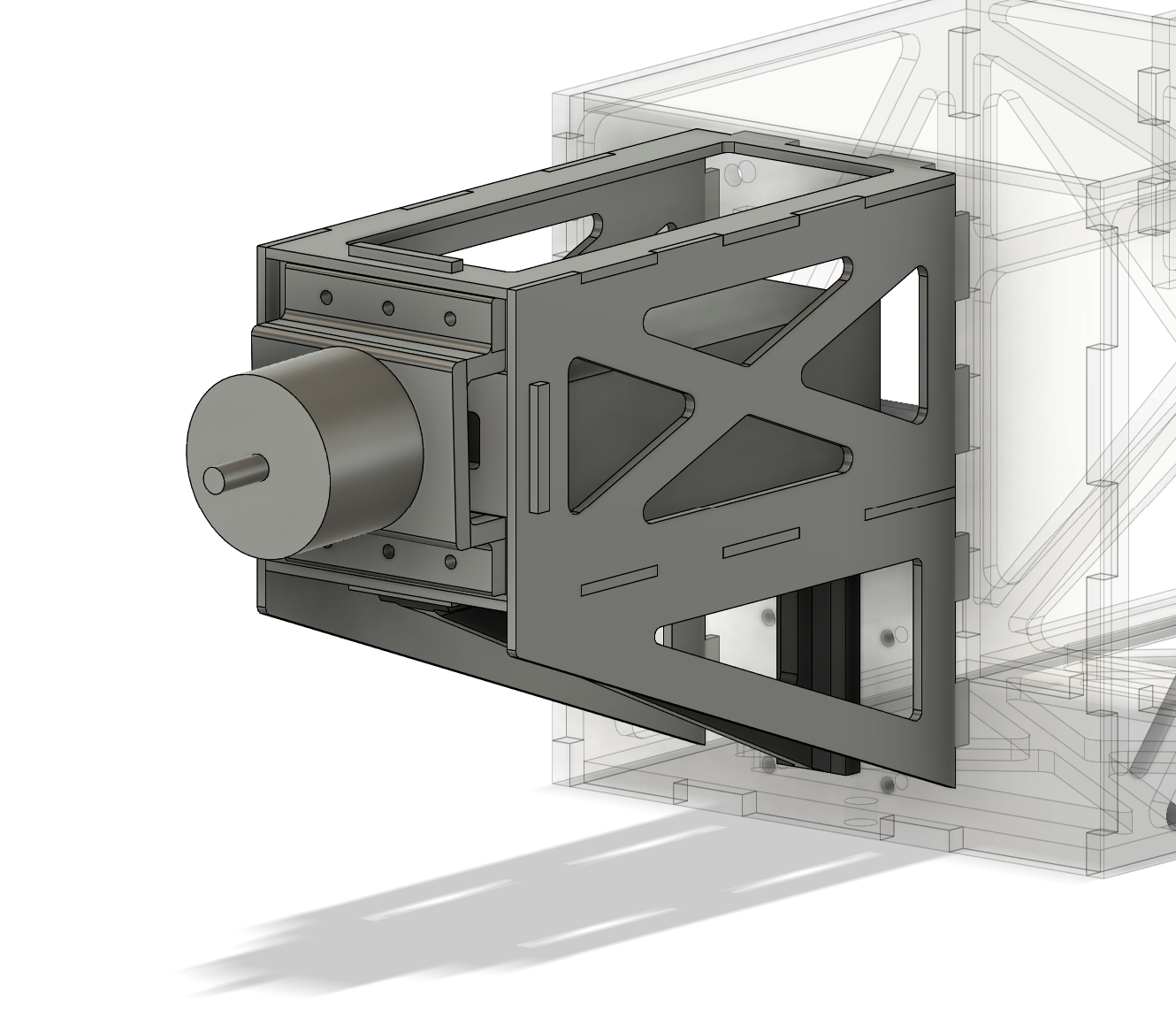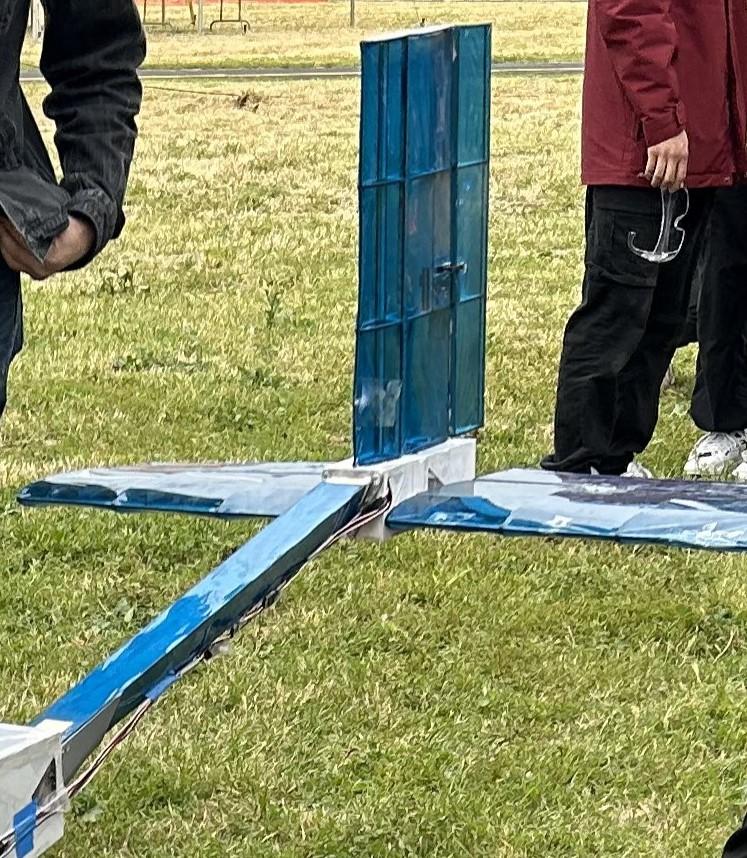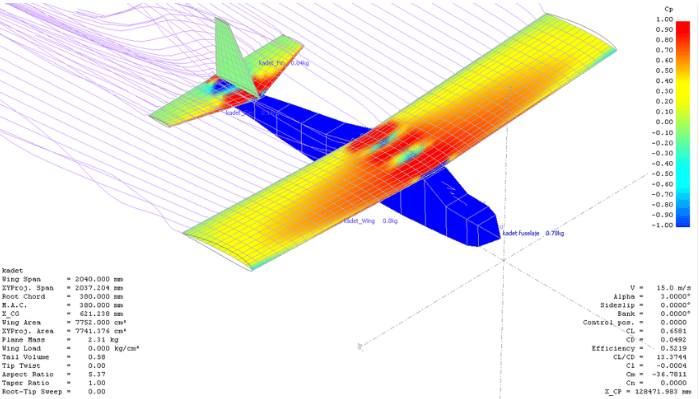What exactly is AMAT?
The UC Davis Advanced Modelling and Aeronautics Team or AMAT for short is a student led organization that specializes in designing, building, and flying remote controlled aircraft. The club was established in 2004 and has grown ever since. AMAT competes in the SAE Aero Design Advanced Class and in the AIAA Design Build Fly competitions.
Our aircraft are built from a variety of materials such as balsa wood, carbon fiber, and foam. AMAT utilizes engineering education and teamwork while providing graduate and undergraduate students with hands-on experience in design and manufacturing techniques, while integrating past successes with innovation to create a smarter and more advanced aircraft.
The Club Layout
AMAT is composed of three main teams: Aeronautics, Structures, and Manufacturing. These split off into six different sub-teams. These six sub-teams are the propulsion, fuselage, wing, landing gear, empennage, and aero sub-teams. AMAT members can join multiple sub-teams but we recommend newcomers to focus on one in order to gain a basic understanding of aircraft design and analysis.
Propulsion
The propulsion system of an aircraft its like its heart. If it stops working, the plane will stop flying. Members of the propulsion sub-team are responsible for researching and integrating the propulsion system into the aircraft. This system usually includes an electric motor powered by a LiPo battery. Duties for this team include finding a suitable motor, sizing the propeller, running thrust tests with different motors and propellers, and performing calculations regarding the performance of the aircraft with the selected motor.
Fuselage
If the propulsion system is the heart of an aircraft, the fuselage is like the body. The fuselage sub-team is responsible for designing and constructing that body. After defining constraints and initial discussion, members use CAD software such as Fusion 360 or SolidWorks to render the fuselage. The fuselage usually goes through several iterations and design review before a final fuselage is decided upon. Once the fuselage model is complete, the fuselage sub-team will performs structural analysis using software such as MATLAB, Python, and Patran. Finally, members of the fuselage sub-team can also lead the fuselage manufacturing.
Wing
The wings of an aircraft are like its arms. Wings generate lift for an aircraft and will affect an aircraft's flight performance depending on the design. Members of the wing sub-team are responsible for selecting and performing analysis on different wing designs to find the optimal configuration for our projects.
Landing Gear
Flying an RC plane is pretty easy.
The hard part is getting it back to the ground in one piece.
You can think of the the landing gear system as the legs of the airplane. They support the entire structure of the plane while it is on the ground. Members of the landing gear sub-team are responsible for designing and analyzing the landing gear. Design constraints are agreed upon before the landing gear is modelled in 3D. Factors that affect the landing gear include the max takeoff weight (MTOW), center of gravity (CG), and ground clearance.
Empennage
Although it sounds like a very fancy word, the empennage is simply the tail section of an aircraft. This includes the horizontal and vertical stabilizers as well as the tailfin. Members of the empennage sub-team are responsible for designing and implementing the tail section of the aircraft. They are also responsible for finding important parameters of the empennage including the weight, center of gravity, and size. Members of the empennage sub-team will usually work very closely with the fuselage sub-team in order to maximize the stability and performance of the aircraft.
Aeronautics (Aero)
Members of the aeronautics sub-team perform the "soft" tasks in designing our aircraft. They perform analysis on the aircraft's theoretical performance in flight, determine the chord, overall center of gravity, and other necessary calculations to ensure that the aircraft fly smoothly. To accomplish these goals, aero sub-team members use a variety of programs such as XFoil, XFLR5, AVL, Python, and MATLAB.








